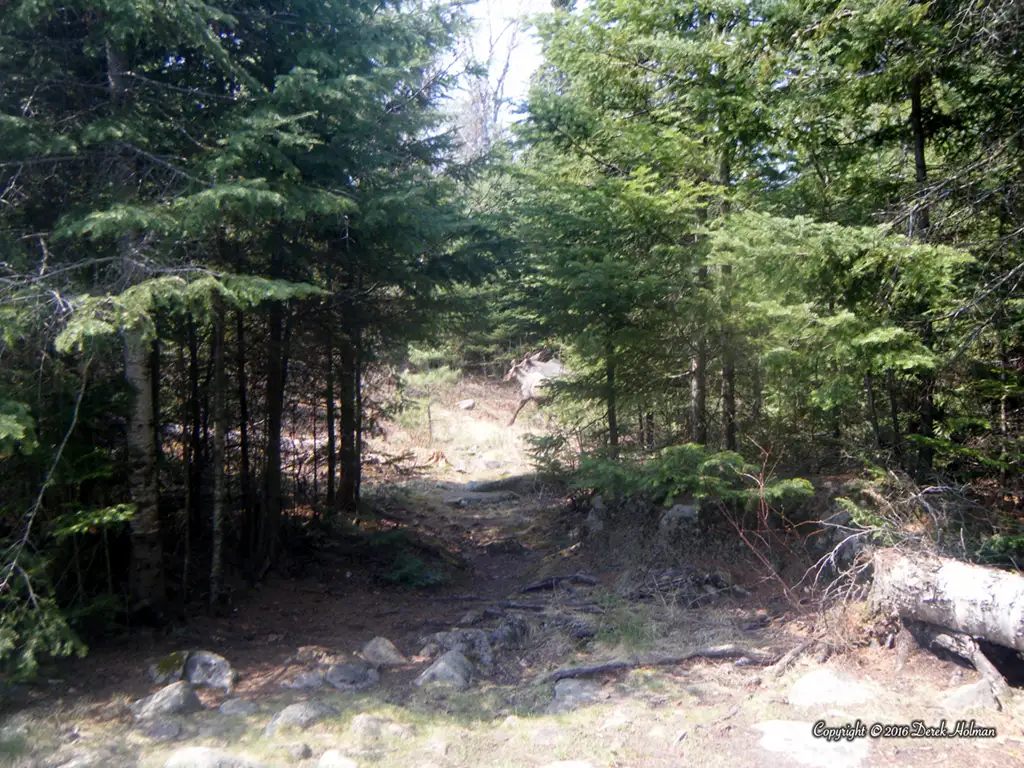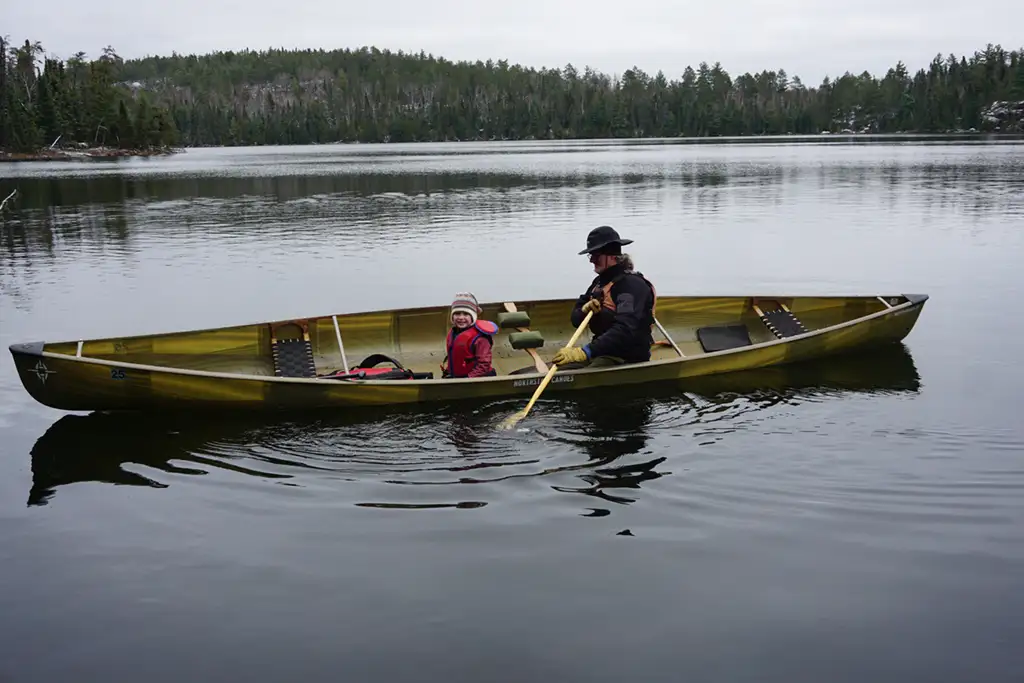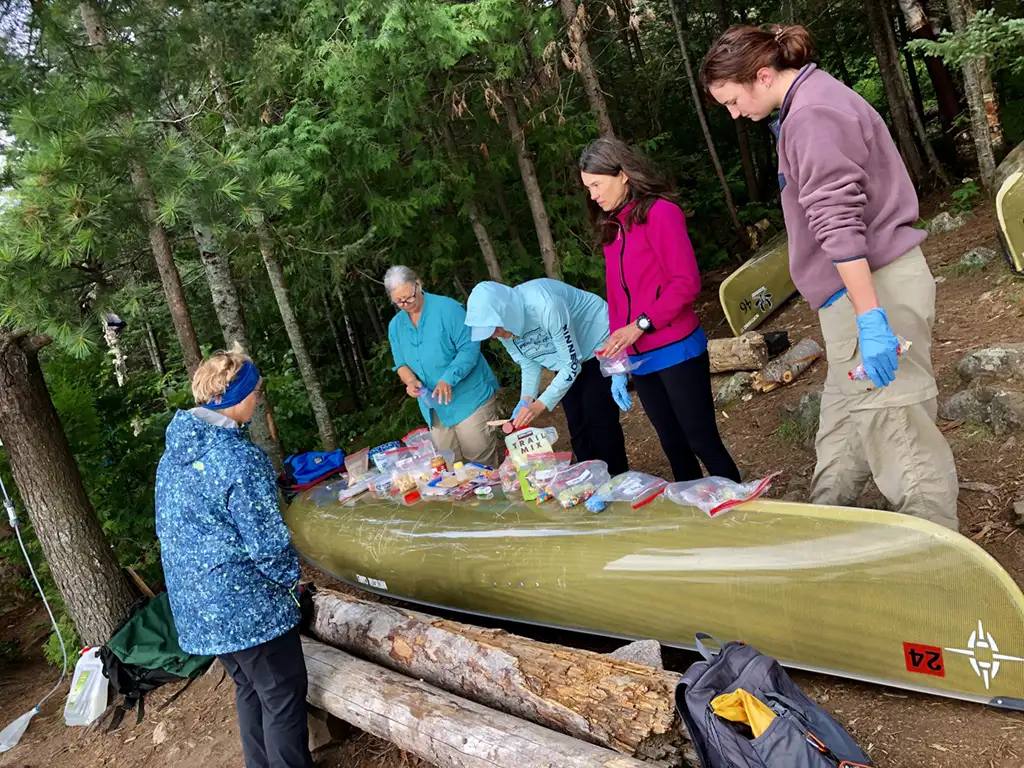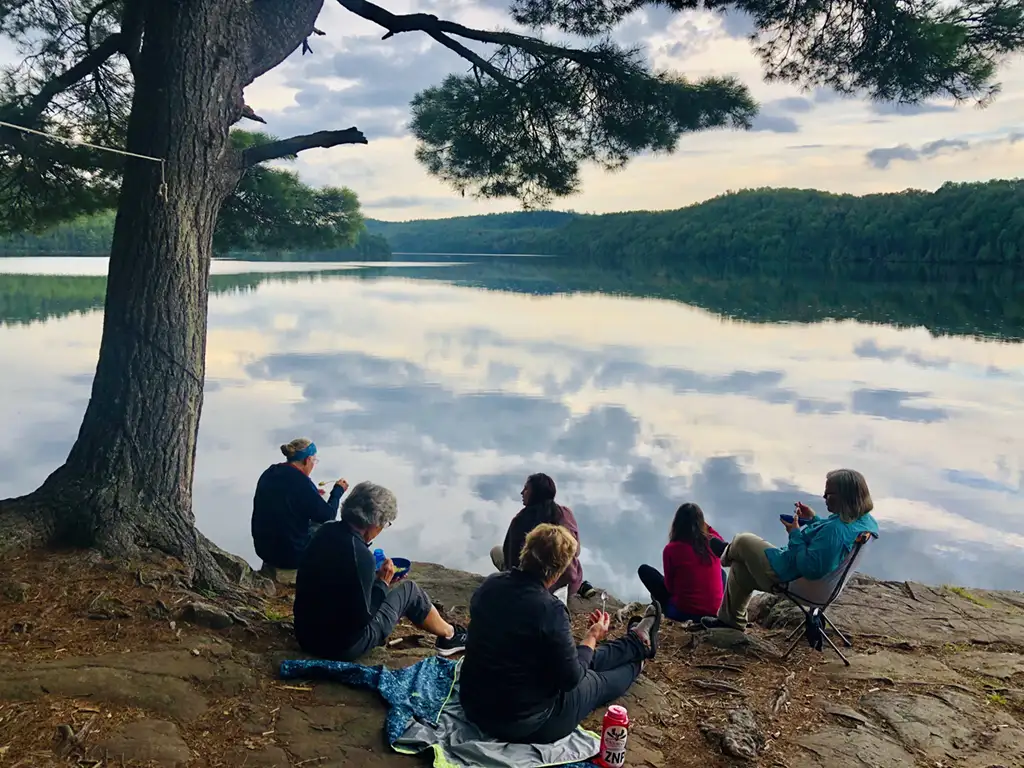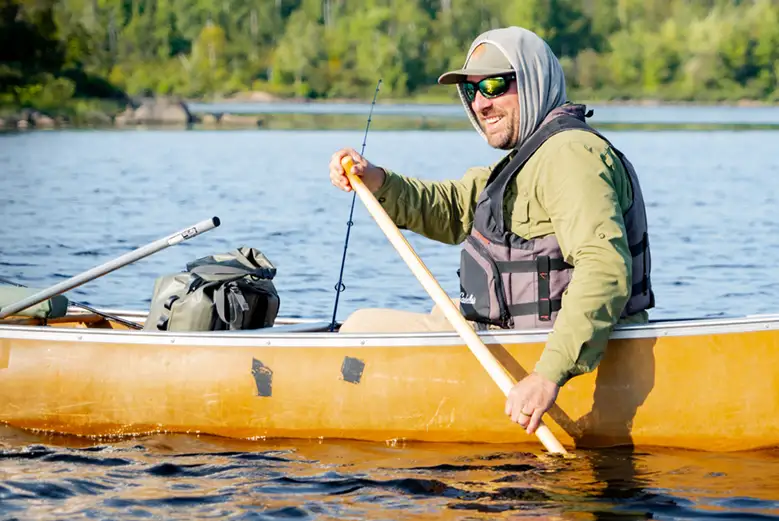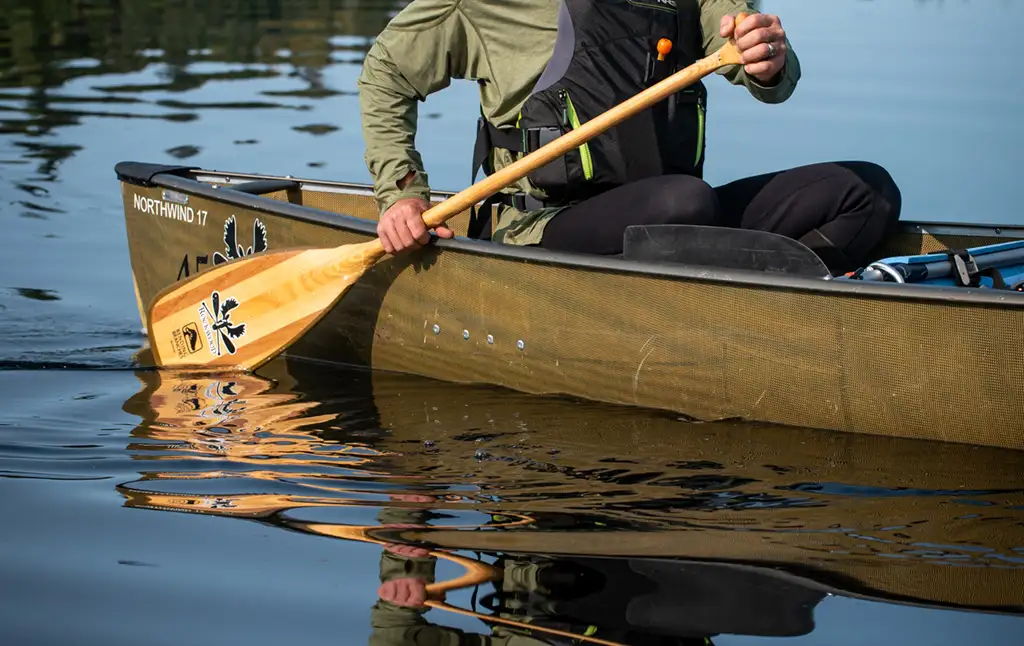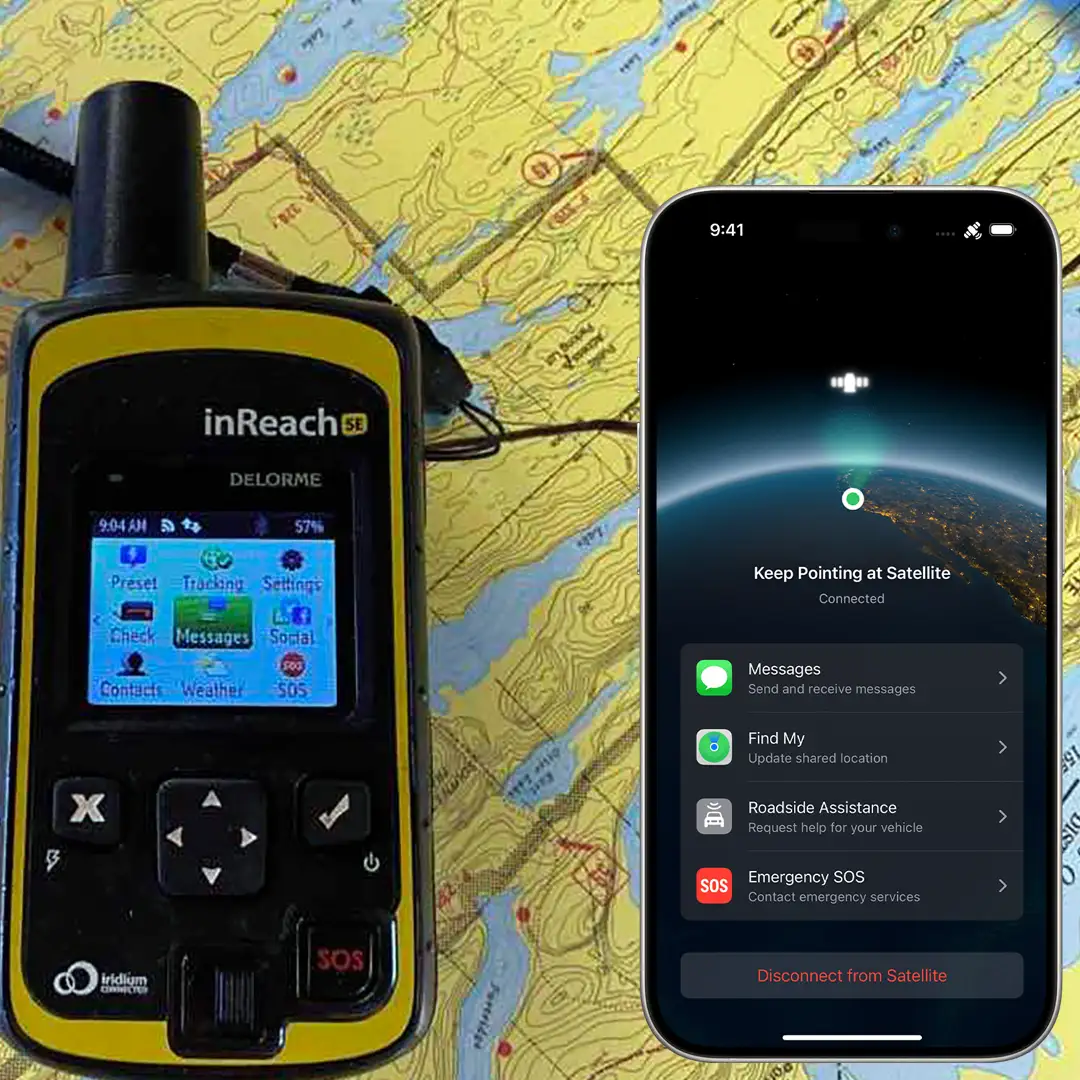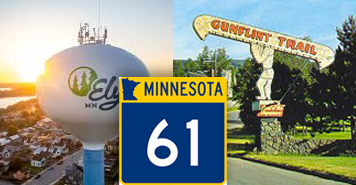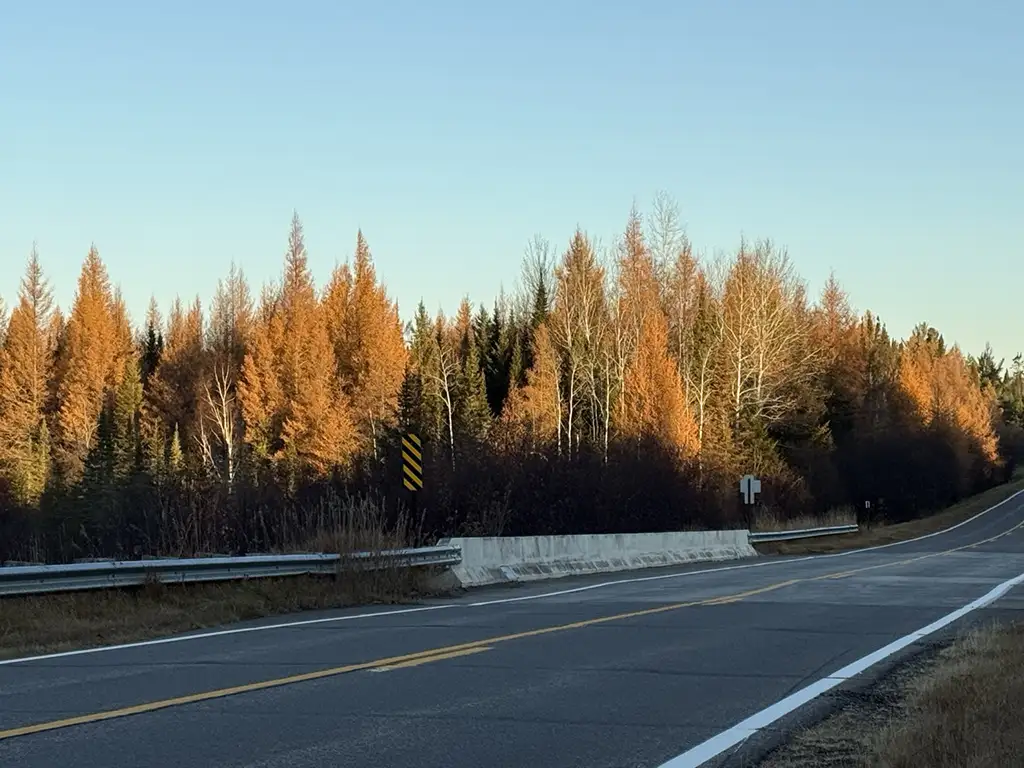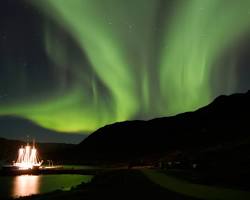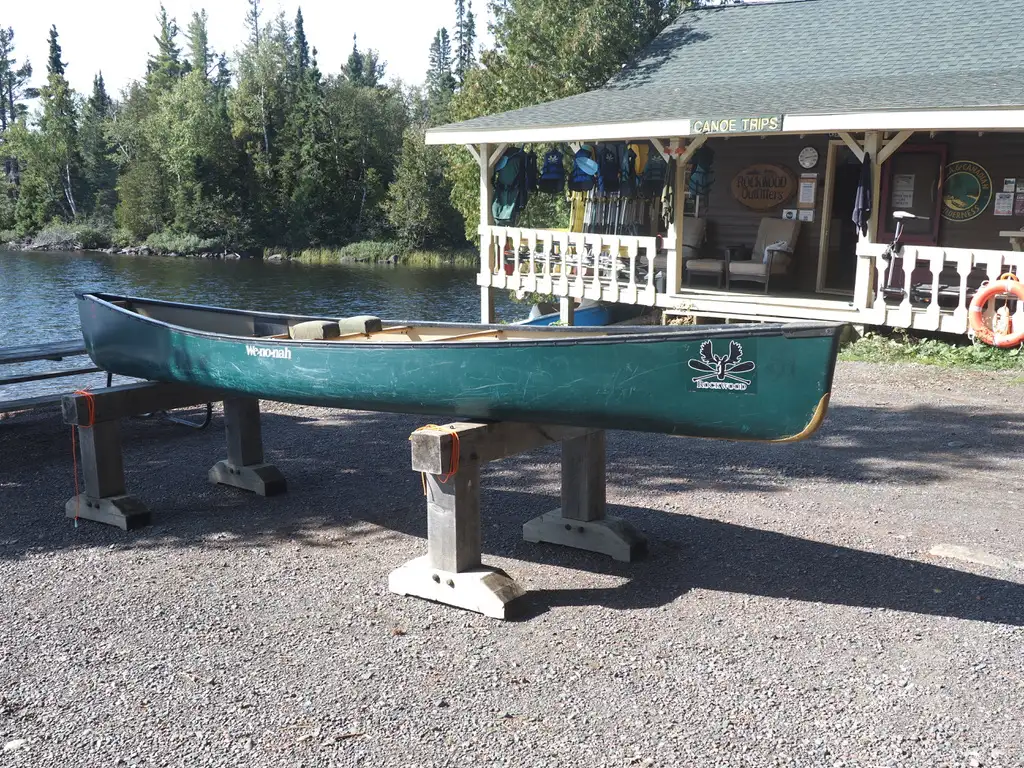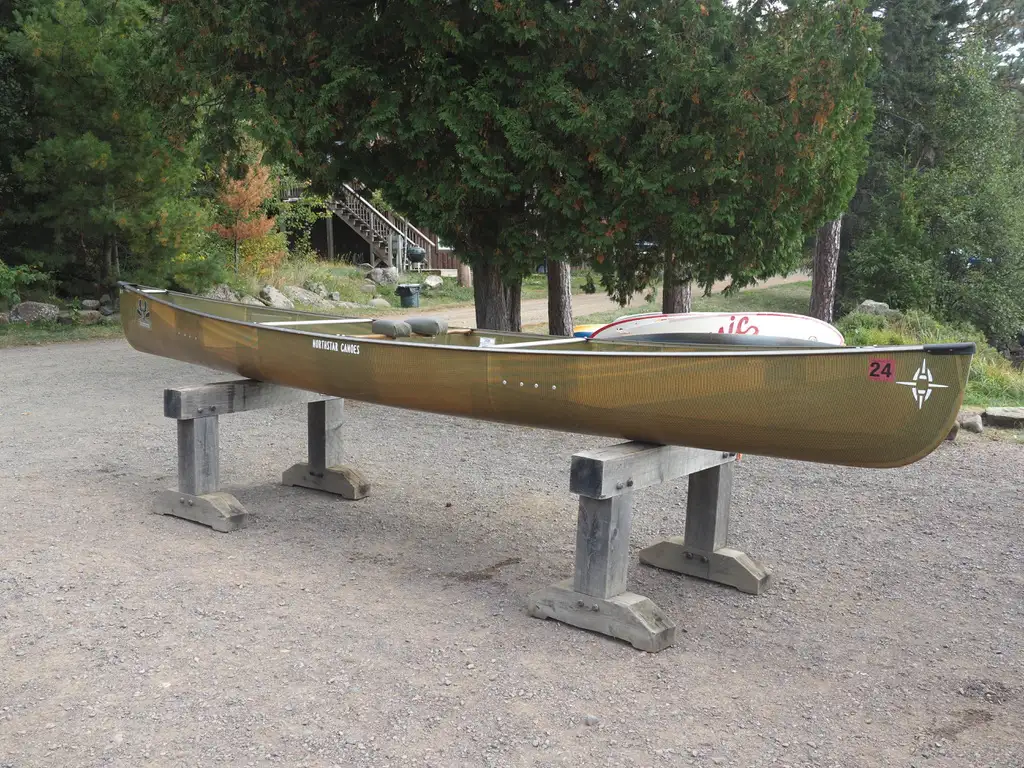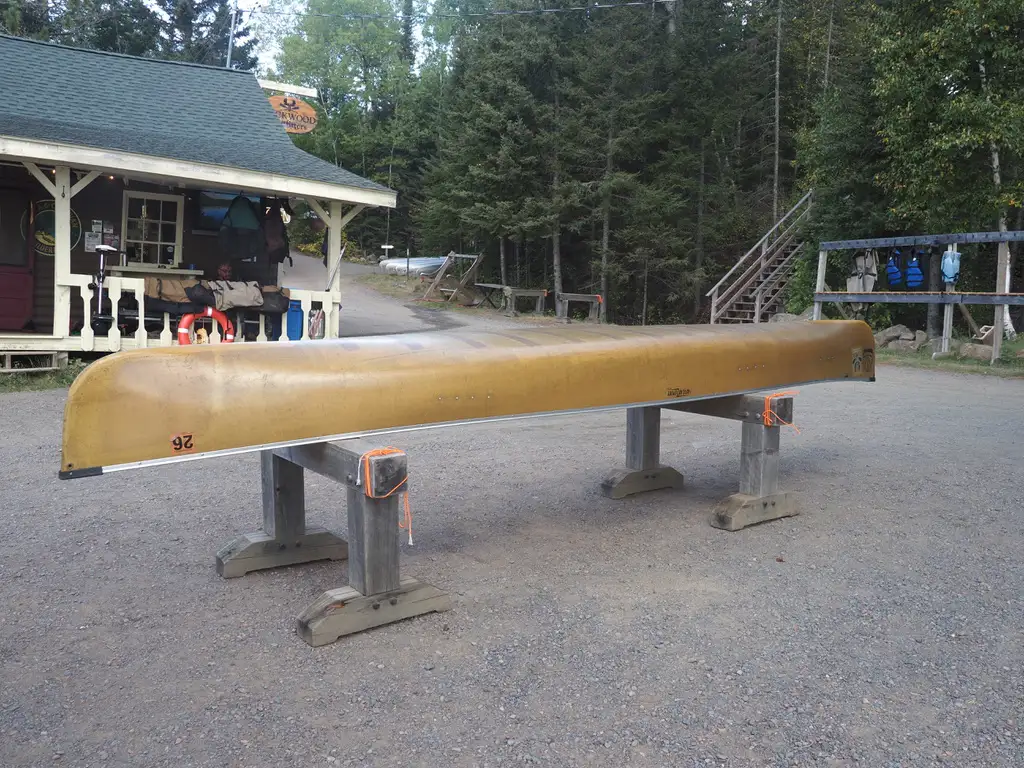Dogs and Sleds Helped Settle the Gunflint Trail
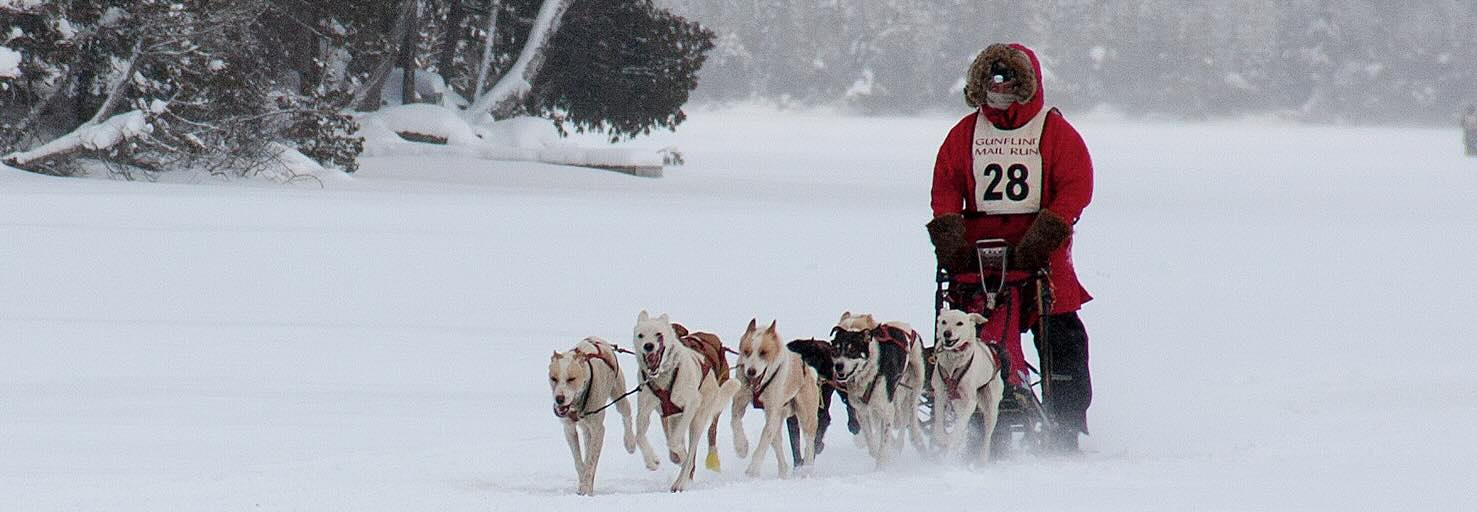
—
The commotion is striking. Eight dogs are yipping, bouncing, and barking excitedly as they are harnessed to the sled. The musher releases the claw brake and calls to the dogs, and all becomes orderly and quiet as they move down the trail. All you hear is the soft padding of 32 paws and the hiss of a pair of runners as they disappear into the forest.
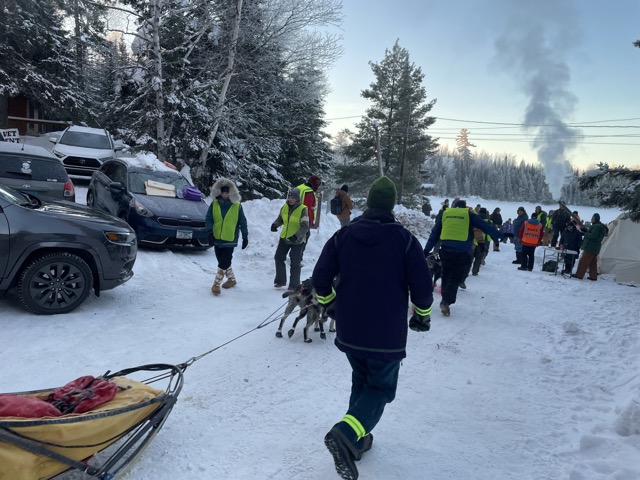
The dog sled experience in the BWCAW and along the Gunflint Trail is vital to the winter experience in the north country.
Research has shown that dogsledding originated in Siberia, the brutal and cold north of present-day Russia, more than 9,000 years ago. It was practiced in arctic regions for centuries, eventually reaching south after Native and Inuit peoples perfected it.
European explorers and merchants adopted sleddogs to move people and goods from place to place in the northern country.
Native Americans living in the boundary region used dog sleds for centuries to transport supplies and relocate settlements during the winter. The Gunflint Trail began as the winter pathway to Lake Superior for Natives and their dog sleds. The traders, trappers, and settlers arriving in the 18th and 19th centuries used dog sleds the same way.
Dog sled competitions were a demonstration event at the 1932 Winter Olympics held in Lake Placid, NY. It saw 12 teams of seven dogs each from Canada and the US in a two-day competition that covered 40.5 kilometers. Canadian Émile St. Goddard won it.
The most well-known of sled dog races is the Iditarod in Alaska. It began as a race in Nome in 1908. In 1925, the isolated village of Nome was hit with a diphtheria epidemic. The only way to get the needed serum to bring the outbreak under control was a sleddog relay that successfully delivered the required medication and supplies. The Iditarod, at over 1,000 miles, roughly replicates the route of the serum run from Anchorage to Nome and honors the brave mushers and dogs that made it a success.
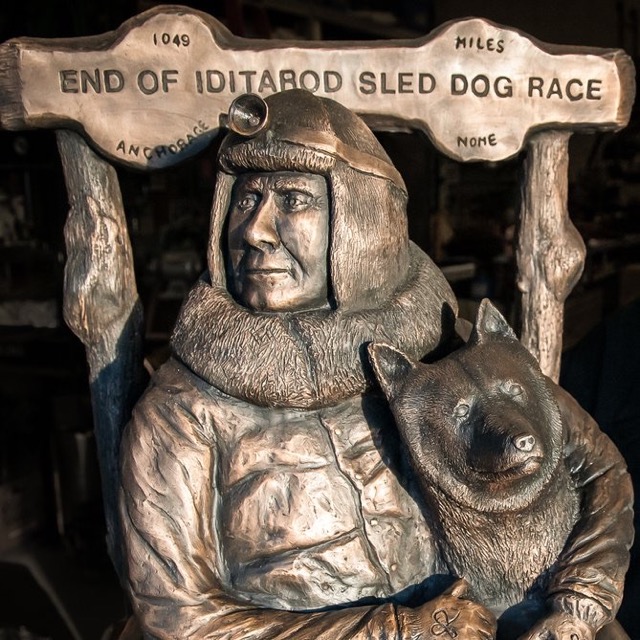
Ryan Redington, 2023 Iditarod winner, trains and races around Lake Superior country. His grandfather, Joe Redington Sr., co-founded the modern 1,000 mile race in 1973. He is known as the “Father of the Iditarod,” his face is a bust on the annual Iditarod winners trophy.
Ryan’s family stays at Rockwood during the January Gunflint Mail Run races.
In the Arrowhead region, The John Beargrease Sled Dog Race has been held each January since 1980. At roughly 400 miles, its longest event is a qualifying race for the Iditarod. It honors John Beargrease, who carried mail from Two Harbors to Grand Portage in the late 1800s.
The race has several checkpoints and road crossings to see the teams in action. Volunteers are needed to operate these areas, and you can find information for this season’s races, which start on January 28th, at https://beargrease.com/.
The Gunflint Mail Run Sled Dog Race grew out of local mushers’ interest in competition here along the Gunflint. This year, the race is scheduled for January 6, 2024, and is limited to 15 teams of 10 dogs each. Two 32.5-mile legs begin and end at Trail Center Lodge on the shores of Poplar Lake. Spectators will appreciate seeing the teams in action, and volunteers are always needed for those willing to help race organizers.
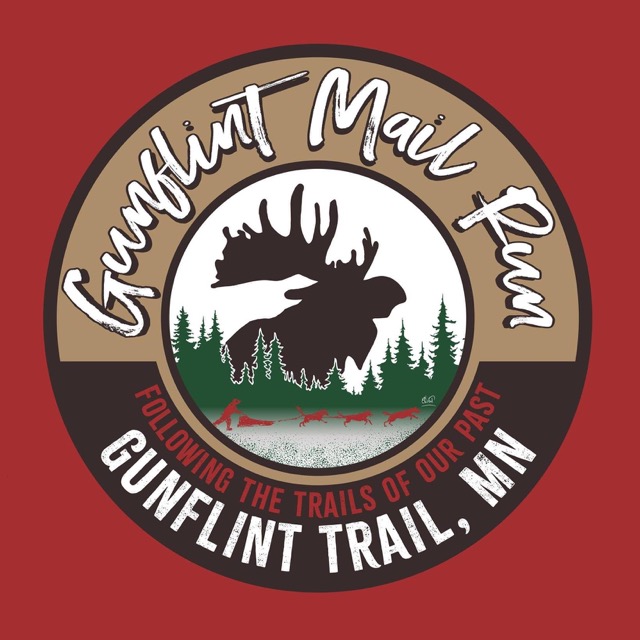
Since both the Gunflint Mail Run and the Beargrease trails pass across the bay in front of Rockwood Lodge, we welcome spectators to park here and watch the teams race by.
Watching the racers is fun, but getting out on the trails with a dog sled is one of the best ways to experience the backcountry in the Superior National Forest during the winter. From frozen lakes to forest trails, day trips to extended overnight adventures, one of these outfitters will indeed have a package that meets your needs.
- White Wilderness Sled Dog Adventures
- Points Unknown Dog Sledding and Wilderness Adventure
- Winter Green Dogsled and Lodge

